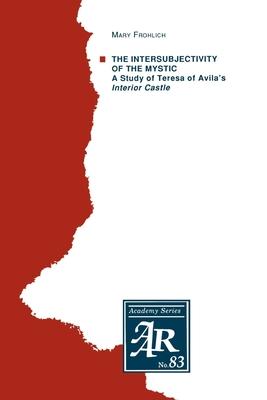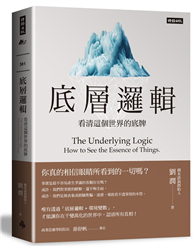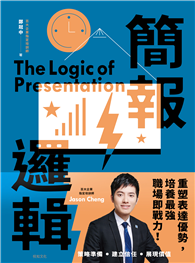In the popular mind, the mystic is seen as the supreme solitary. This image, if accurate, would make the mystical quest marginal in an era when much theology has emphasized socially responsible praxis. Against the popular image, Mary Frohlich develops a theological model -- based on the writings of Bernard Lonergan and the "self-psychology" of Heinz Kohut -- that both respects mysticism’s irreducible character and shows how it concretely transforms people and systems. She then applies this model to an interpretation of a classic expression of spiritual transformation, the Interior Castle of the sixteenth-century mystic Teresa of Avila.
| FindBook |
|
有 13 項符合
s. avila的圖書,這是第 2 頁 |
 |
$ 4500 | The Intersubjectivity of the Mystic: A Study of Teresa of Avila’s Interior Castle
作者:Frohlich 出版社:Oxford University Press, USA 出版日期:1993-01-02 語言:英文 規格:平裝 / 440頁 / 22.9 x 15.5 x 2.8 cm / 普通級  看圖書介紹 看圖書介紹
|
|
|
圖書介紹 - 資料來源:博客來 評分:
圖書名稱:The Intersubjectivity of the Mystic: A Study of Teresa of Avila’s Interior Castle
|











